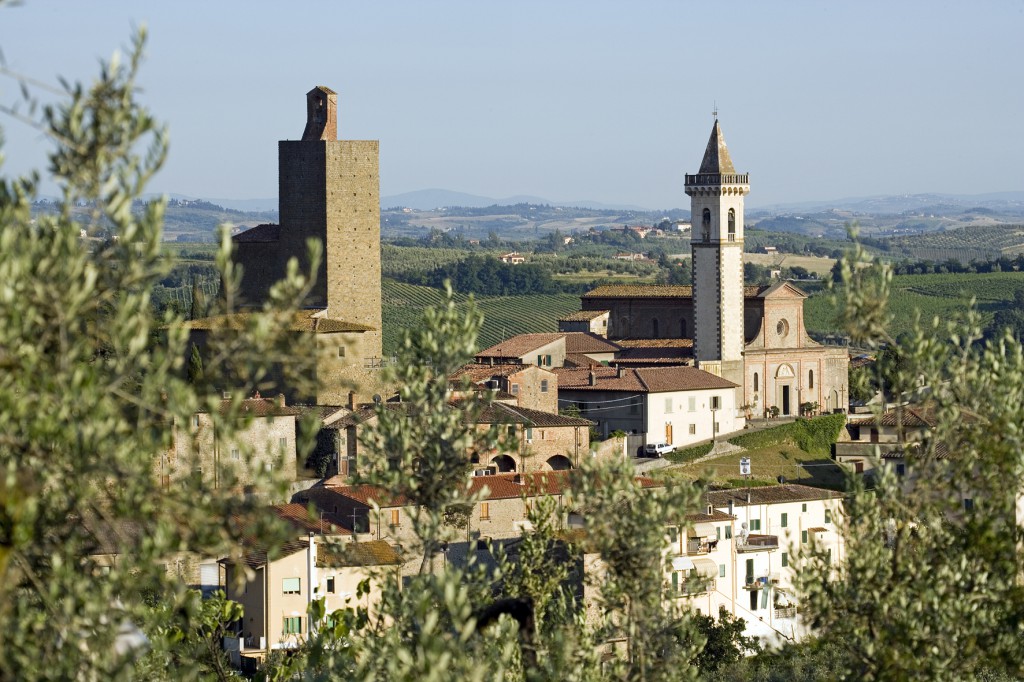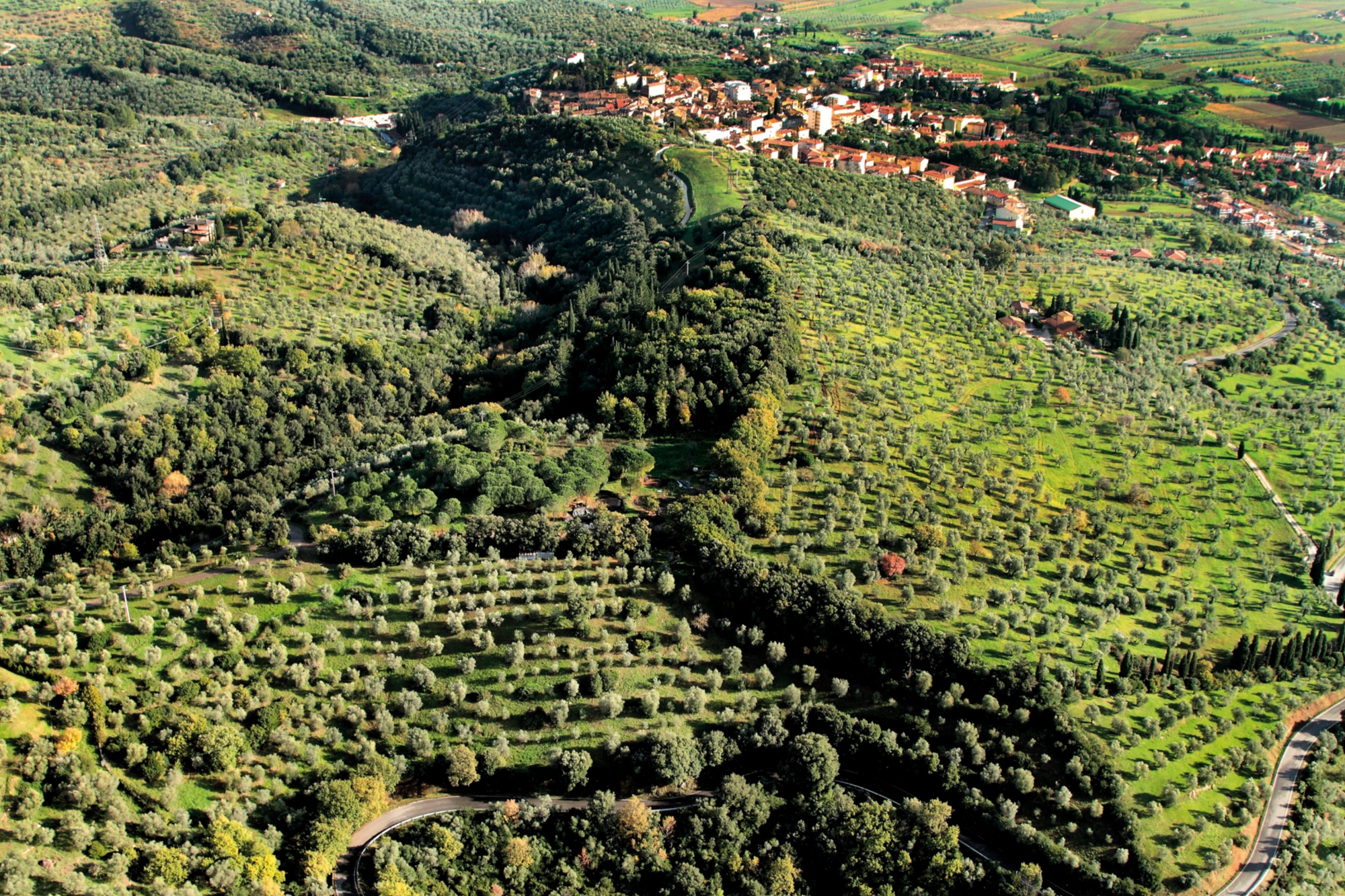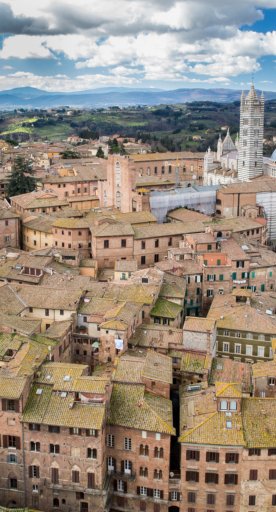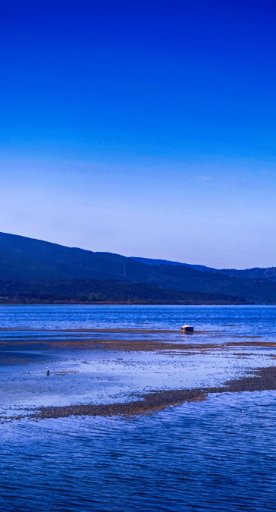Cities of Tuscan oil
From Pisa to Florence to Grosseto, a journey through tradition and beauty
The unmistakable scent and the bright green colour are the main features of the Tuscan extra virgin olive oil, a product known for its strong, bitter, fruity and vegetal flavour. The green gold is made is many parts of Tuscany and reminds us of all of the good and all of the beauty of this geographic area.
In this article we invite you to take a journey to discover the cities of Tuscan olive oil: towns, hamlets and villages set amongst olive groves and olive oil mills which preserve the local gastronomic heritage.
-
1.Pisa and the surrounding areas
-
2.Florence and the surrounding areas
-
3.Grosseto and the surrounding areas
-
4.Livorno and the surrounding areas
-
5.Siena and the surrounding areas
-
6.Lucca and the surrounding areas
-
7.Arezzo and the surrounding areas
Pisa and the surrounding areas

Among the towns in Pisa known for their production of excellent extra virgin olive oil, we recommend visiting Riparbella, Montescudaio, Buti and Vicopisano. The last two municipalities are part of the Monti Pisani Olive Oil Trail, a nature tour made up of olive groves, chestnut trees, pine trees and trails perfect for lovers of hiking.
Florence and the surrounding areas

The typical recipes from the Florentine countryside have one thing in common: they were all made to best appreciate the local extra virgin olive oil. Therefore, in Barberino Val d’Elsa they have paired it with ribollita and fettunta; in Reggello they use it to flavour the sulphurous beans. Also Calenzano, Bagno a Ripoli, Montaione, San Casciano and Tavarnelle in Val di Pesa have several farms and the farm shops all carry olive oil products. Greve in Chianti, as well as having its famous and fine red wine, is an ideal place to grow olives. And finally Vinci, found along the Montalbano Wine and Olive Oil Trail: the harvest takes place there every year between November and January.
Grosseto and the surrounding areas

Moving to the amazing scenery of Mount Amiata, an area full of chestnut trees and well adapted for farming. The villages of Arcidosso, Castel del Piano, Cinigiano and Seggiano are where some of the finest oils in Tuscany are produced. Among the others, for these municipalities, take the Montecucco wine and flavours of Amiata trail, so that you can find the other high-quality products from the area. Continuing to the inland, you will also fine Pitigliano, Scansano and Semproniano; while towards the coast you can taste oil and typical products (from acquacotta to tortelli filled with ricotta and chard) from Capalbio, Gavorrano, Massa Marittima and Roccastrada.
Livorno and the surrounding areas

The Livorno hills are also adapted to extra virgin olive oil production. Among the oil towns there is Castagneto Carducci (where Sassicaia di Bolghieri was created), Rossignano Marittimo and Suvereto, an authentic oil area, where the olive-growing and pressing experts instil the old traditional values using modern techniques and technology.
Siena and the surrounding areas

The province of Siena is rich with oil-producing towns. Starting with the Chianti area: including Castellina in Chianti, Castelnuovo Berardenga, Poggibonsi and Radda in Chianti.
Quality oil is also made in the enchanting Val d’Orcia (Castiglione d’Orcia, Montalcino, Pienza, San Quirico d’Orcia) and in Valdichiana Senese (Cetona, Chiusi, Montepulciano, San Casciano dei Bagno, Sinalunga, Trequanda).
In the areas of Siena there are also the oil producing areas of Monteriggioni, Murlo, Rapolano Terme, San Gimignano, Siena and Radicondoli.
Lucca and the surrounding areas

The wine and oil road winds through Valle del Serchio, Montecarlo, Versilia and the Lucca hills, allowing you to get to know the flavours of the past and surround yourself with beauty Along this trail, as well as extra virgin olive oil, you can taste buccellato, garmugia, the famous tordelli and liquors like the biadina and the Massagli china.
Arezzo and the surrounding areas

The Valdichiana is a land with roots in ancient traditions. This can also be said of Castiglion Fiorentino, an entity which has kept the secrets of its culture and its crafts of the past. Even the typical local cuisine has remained the same. Here you can taste wine and vinsanto, delicious truffles and cheeses and, of course, fantastic oil.
Info about the oil towns: cittadellolio.it
















































